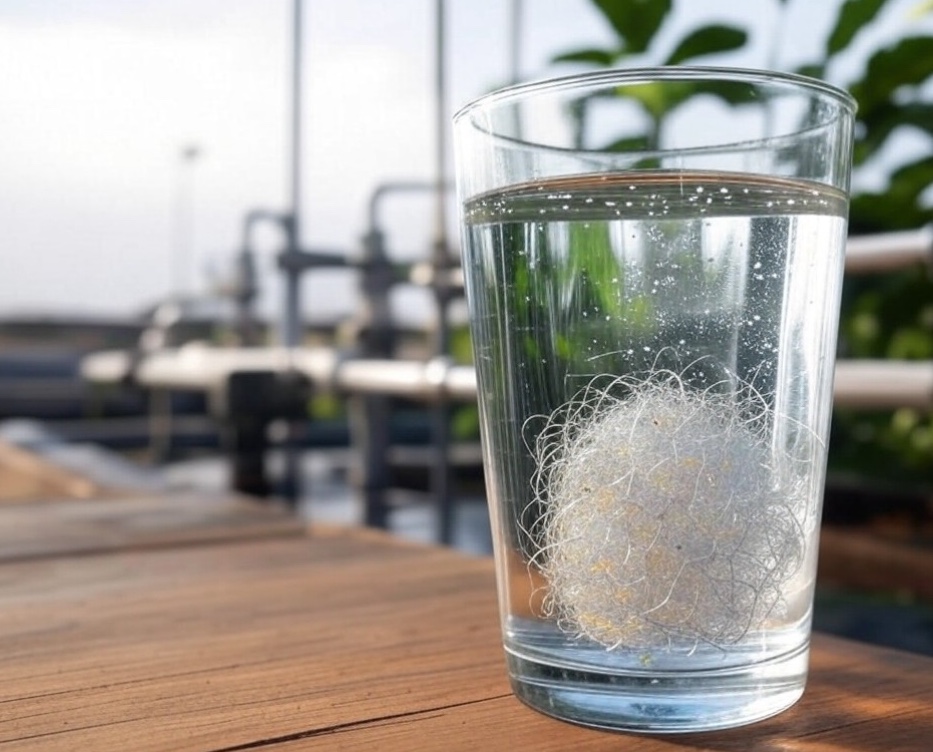A recent study published in PLOS Water provides a deep dive into the issue of microplastics in potable water, revealing significant findings that challenge current water quality standards.
The research, titled “Majority of potable water microplastics are smaller than the 20 μm EU methodology limit for consumable water quality,” focuses on the detection of microplastics (MPs) in various brands of polyethylene terephthalate (PET) bottled water and tap water.
The European Union’s Directive 2020/2184 establishes a protocol for detecting microplastics in drinking water, targeting particles from 20 to 5000 μm.
The study highlights a crucial flaw in this approach: it overlooks microplastics smaller than 20 μm, which are more likely to be absorbed by the human body.
By employing automated Raman microspectroscopy, the study analyzed ten brands of bottled water and one tap water sample, discovering that microplastic concentrations varied widely, from 19 to 1,154 particles per liter (n/L) or 0.001 to 0.250 micrograms per liter (μg/L).
Interestingly, despite the water being stored in PET bottles, only a minor fraction of the microplastics detected were actually PET, suggesting contamination from various other sources.
This discrepancy brings to light the necessity for more comprehensive regulations that account for the full range of microplastic sizes, especially those smaller particles that pose a greater risk to human health due to their potential to enter the bloodstream and organs.
This study calls for a reevaluation of current water quality standards to include detection and regulation of these smaller microplastics. It underscores the need for updated methodologies and possibly the development of new treatment technologies to address this pervasive form of pollution.
The findings encourage a broader dialogue among water quality experts, regulators, and the public on how to effectively manage and reduce microplastic contamination in our drinking water.
The complete study can be found here:
https://journals.plos.org/water/article?id=10.1371/journal.pwat.0000250
